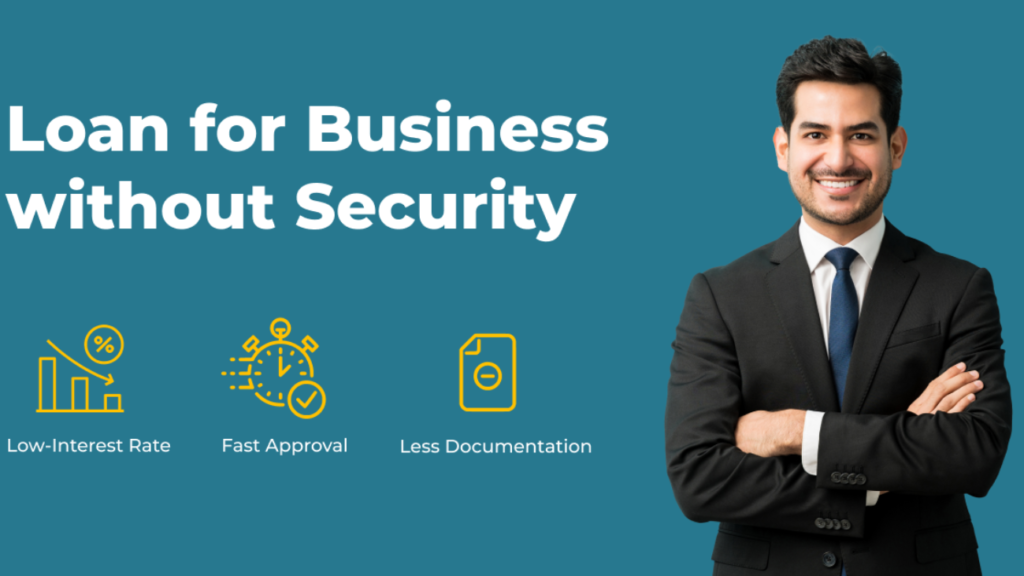Why Liquidity Mining and Cross-Chain Swaps Are Shaking Up DeFi—and How Rabby Wallet Fits In
Liquidity mining? Yield farming? Cross-chain swaps? Yeah, they’re the buzzwords you’ve probably heard tossed around in crypto circles lately. But honestly, it’s not just hype—there’s something genuinely transformative going on here. I mean, at first glance, it feels like just another cycle of DeFi trends, but then you dig deeper and realize the potential messes with how liquidity flows across chains and how users manage risks. Whoa! Here’s the thing—DeFi users craving multi-chain wallets with solid security aren’t just looking for convenience anymore. They want control that doesn’t feel like walking on thin ice. My gut said there’s a gap between flashy yield farming dashboards and the actual tools that keep your assets safe and flexible. And that’s where wallets like rabby wallet come into play. Initially, I thought liquidity mining was just a fancy way to earn passive income by locking tokens, but then I realized the bigger picture involves intricate incentives that affect network health, user behavior, and even the risks of impermanent loss. On one hand, these protocols promise juicy yields; on the other, they’re often a maze of complex smart contracts that could go sideways fast. So, if you’re like me—skeptical but curious—let’s break down what’s really happening under the hood with yield farming, cross-chain swaps, and why your wallet choice isn’t trivial. Liquidity mining, at its core, rewards users who provide assets to decentralized exchanges or lending platforms. You stake or lock your tokens, and in return, receive governance tokens or other incentives. Sounds simple, right? Well, not exactly. The devil’s in the details. Yield farming, a close cousin, involves moving your funds strategically across protocols to maximize returns. The catch? It’s a very fast-moving game, and timing, fees, and slippage can crush your profits. Hmm… what bugs me here is how many users jump into yield farming without understanding the underlying risks. The volatility of tokens, potential smart contract bugs, and the chance of impermanent loss can wipe out gains overnight. I’ve seen folks get burned badly—usually because their wallets didn’t support seamless cross-chain operations, forcing manual, error-prone steps. Cross-chain swaps are supposed to bridge that gap. Instead of juggling assets on separate blockchains, they allow you to swap tokens directly between chains without a centralized intermediary. Pretty neat concept. However, it’s still early days, and liquidity fragmentation across chains remains a challenge. Plus, not all wallets handle these swaps gracefully. Check this out—wallets like rabby wallet are designed with multi-chain support and advanced security features that reduce friction for users engaging in liquidity mining and cross-chain swaps. It’s not just about holding your keys—it’s about integrating your activities safely across networks seamlessly. Honestly, my first impression was that all wallets are basically the same, but after spending some time testing, I saw how much difference a wallet tailored to DeFi nuances makes. Rabby wallet’s interface, for example, reflects real user needs, like preventing accidental contract approvals and optimizing gas fees automatically. Those details matter, especially when you’re farming yields across multiple chains. Why Multi-Chain Wallets Matter More Than Ever Okay, so here’s the thing—DeFi is expanding beyond Ethereum at breakneck speed. Chains like BSC, Polygon, Avalanche, and others are drawing liquidity, but fragmentation is a real headache for traders and farmers. Manually managing assets across these chains? It’s a recipe for mistakes and lost funds. On one hand, cross-chain bridges and swaps provide the technical solution. Though actually, they come with their own risks—bridges have been exploited multiple times, and not every wallet supports them natively. That’s why a wallet that integrates cross-chain functionality and security features reduces user exposure significantly. Rabby wallet stands out here. It’s not just a basic wallet; it’s built from the ground up for DeFi power users juggling multi-chain assets. The wallet’s security layers, like customizable transaction controls and phishing detection, help mitigate the risks that come with liquidity mining and yield farming. Plus, it supports cross-chain swaps within the same interface, cutting down the friction dramatically. Here’s what bugs me about many wallets: they either prioritize simplicity or security, rarely both. Rabby wallet strikes a better balance. I’m biased, sure, but for anyone serious about DeFi, it’s worth a look. Your farming strategies need a wallet that doesn’t get in the way—or worse, expose you to unnecessary risks. By the way, the wallet also supports hardware integrations, so if you’re the cautious type who prefers cold storage with occasional active farming, it fits nicely into your workflow. That’s a subtle but very very important feature many overlook. Yield farming strategies themselves are evolving too. Initially, users just staked tokens and hoped for the best. Now, sophisticated approaches involve monitoring pool liquidity, APY fluctuations, and even gas costs in real-time. The wallet’s interface can either empower or cripple your ability to react swiftly. Oh, and by the way, some yield farms are starting to reward users not only for liquidity provision but also for governance participation, creating a layered incentive system that demands more from wallet tools in terms of transaction complexity and security. Something felt off about earlier wallet designs—they often required users to approve multiple contracts blindly, increasing vulnerability. Rabby wallet’s proactive warnings and transaction previews eliminate much of that guesswork, which personally gave me more confidence to try complex farming strategies without sweating every click. Cross-Chain Swaps: The New Frontier Cross-chain swaps are like the wild west right now. Seriously? The tech is promising, but the user experience is still rough around the edges. I remember trying to swap tokens from Ethereum to BSC manually—it was a nightmare of approvals, bridge waits, and fees stacking up. Rabby wallet’s integrated cross-chain feature smooths that out. Instead of bouncing between apps or browser tabs, you can do swaps right from your wallet. That cuts down on human error and potential phishing attacks. The complexity of bridging liquidity across chains will only increase as DeFi protocols multiply. Wallets that don’t evolve will become bottlenecks. I’m not 100% sure if rabby wallet is the final answer, but it’s





